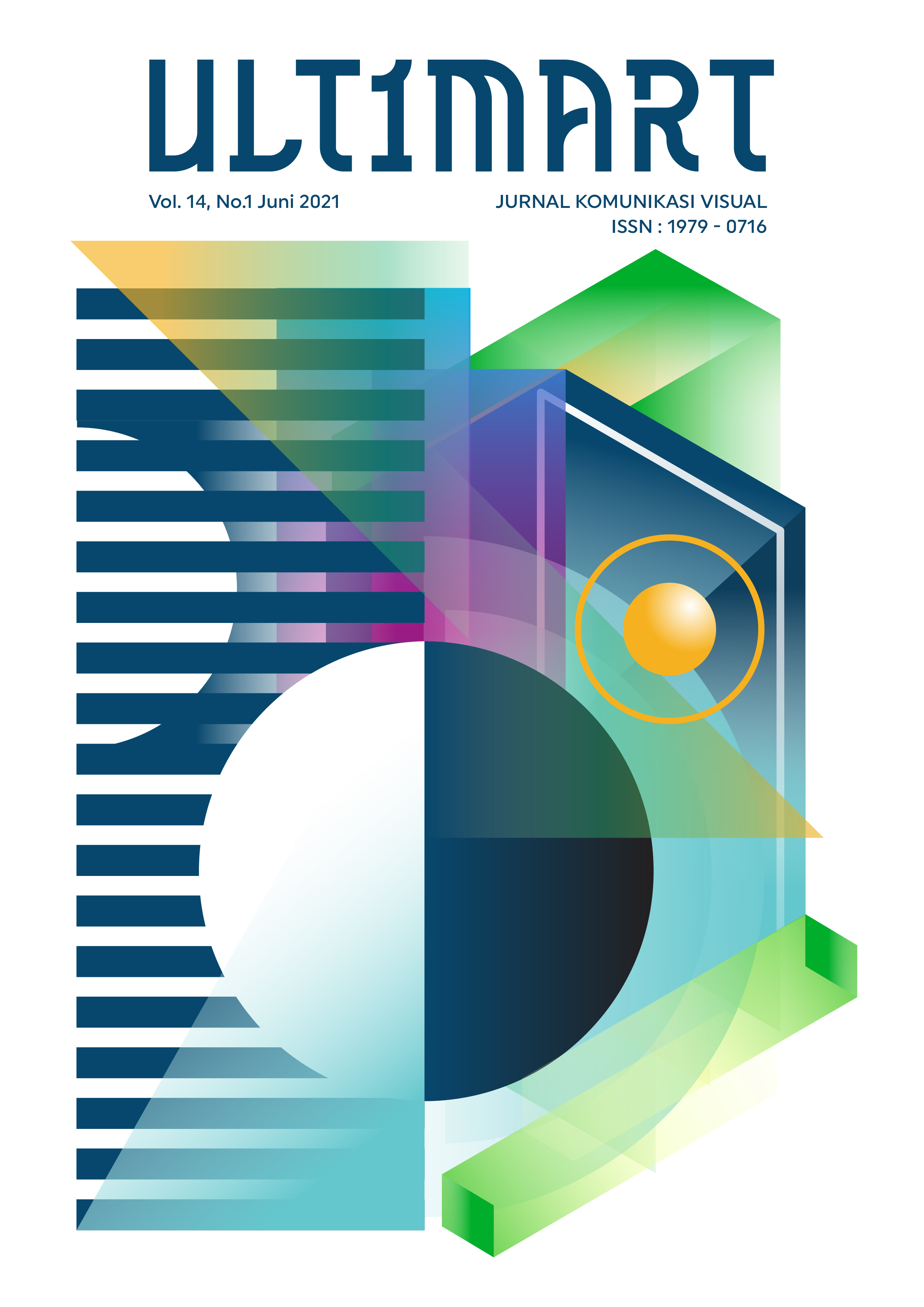Persepsi Visual Penyandang Tunagrahita: Studi Deskriptif Olah Gambar Pada Sekolah Luar Biasa Yayasan Amal Mulia
DOI:
https://doi.org/10.31937/ultimart.v14i1.2022Abstrak
People with tunagrahita are generally categorized as mental retardation. Several studies have seen that one of the effective learning concepts is through visual and audio-visual forms. But in drawing education, mentally retarded persons have different patterns in response to visual meaning. Visual perception is built on coarse motor concepts in processing images which are not always done easily. This research is developed with a descriptive qualitative methodology to see and describe what forms and image models are easy to difficult the draw process. Retrieval of the research data was through mentally retarded children from the Extraordinary School of the Amal Mulia Foundation by processing images in three forms, namely lines, shape models, and combinations of shapes. The preliminary findings in this study were that students with mental retardation had difficulties in drawing shapes that were not straight or solid, such as curves and circles, even though the students were still able to process according to directions in not too long.
Keywords: mental retardation; drawing; visual perception; shape models; education.
Unduhan
Diterbitkan
Cara Mengutip
Terbitan
Bagian
Lisensi
Authors retain copyright and grant the journal right of first publication with the work simultaneously licensed under a Creative Commons Attribution-ShareAlike International License (CC-BY-SA 4.0) that allows others to share the work with an acknowledgement of the work's authorship and initial publication in this journal.
Authors are able to enter into separate, additional contractual arrangements for the non-exclusive distribution of the journal's published version of the work (e.g., post it to an institutional repository or publish it in a book), with an acknowledgement of its initial publication in this journal.















